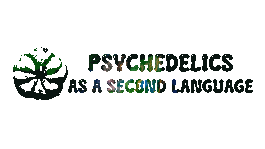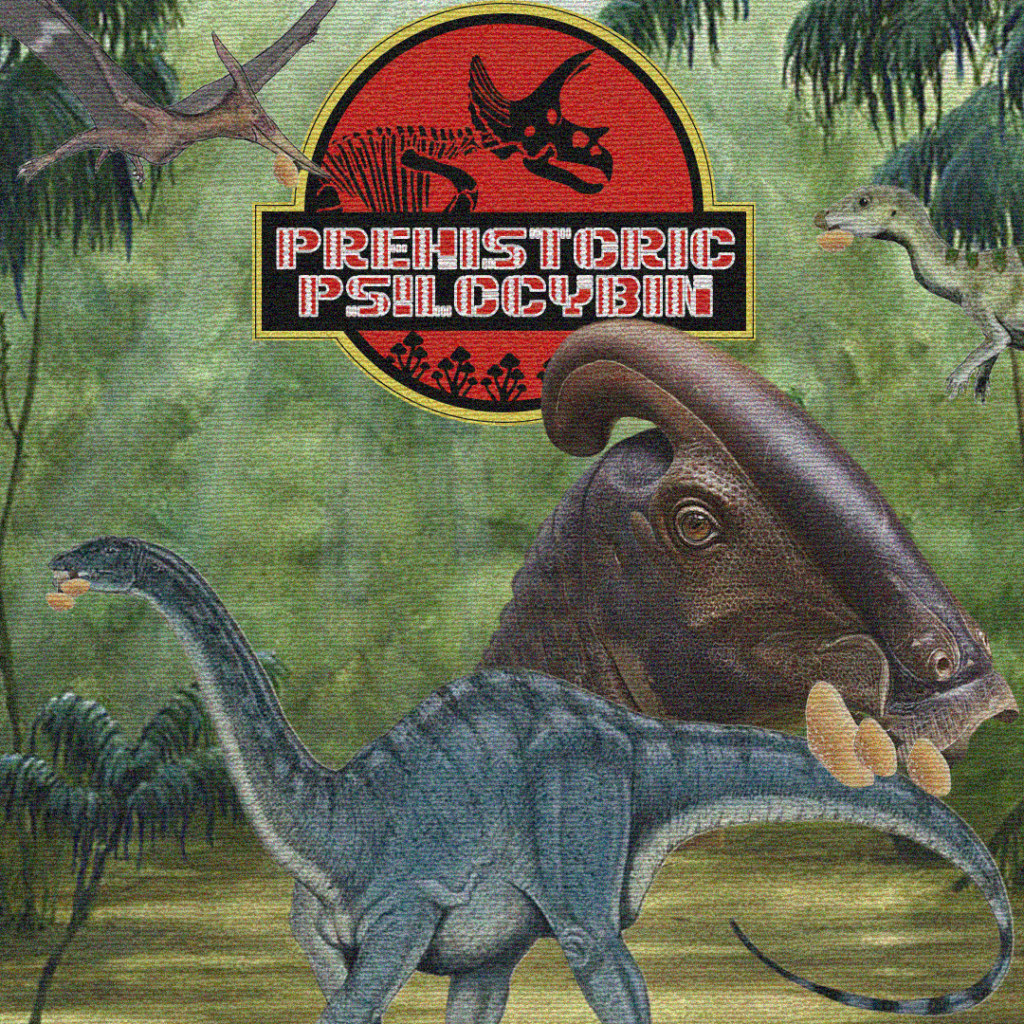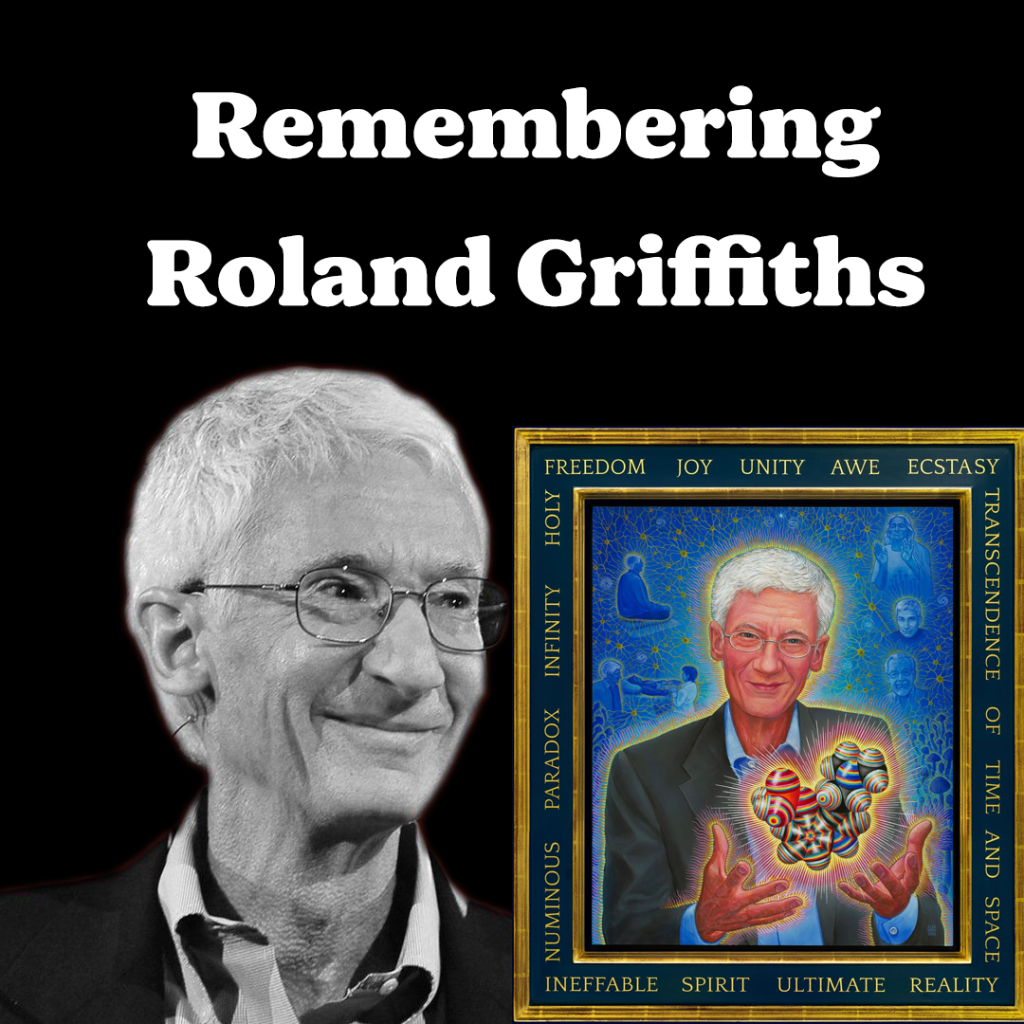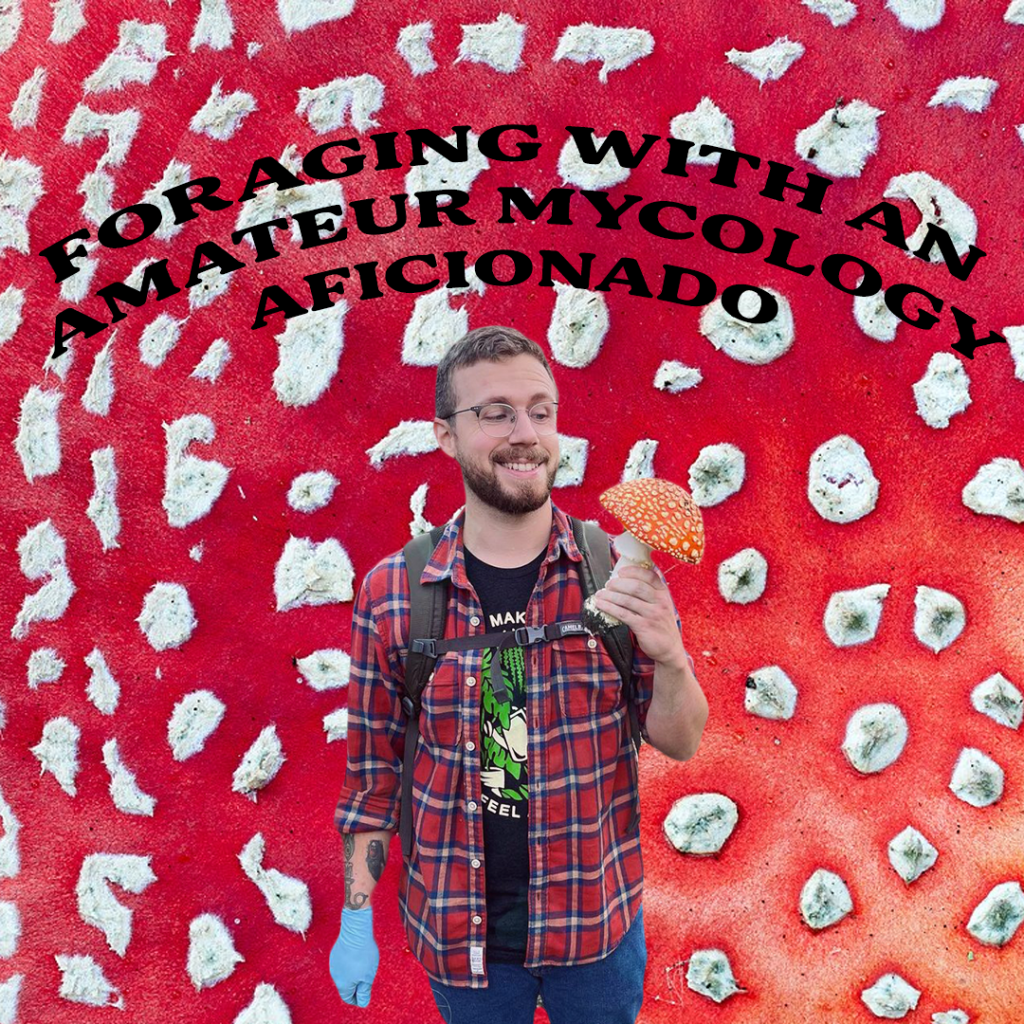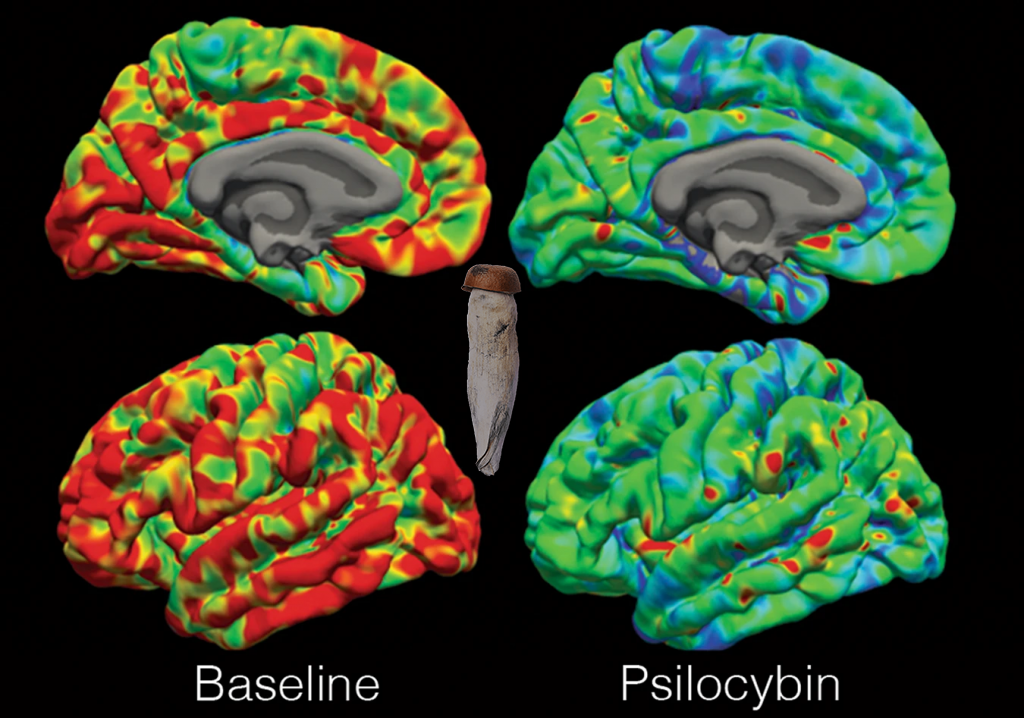Prehistoric Psilocybin
Ethnobotanicals are the most antique forms of psychedelic consumption, but for how long have they been around? We have proof of human and animal ingestion around 3,000 years ago, but could species before have also presented the existence of such species?
A newly published study from the University of Utah and the Natural History Museum of Utah suggests that the Psilocybe genus could be around about 65 million years ago!
Join us to uncover a hypothesis of why the genus started developing psilocybin and the first appearance of the fungi during prehistory.
Prehistoric Psilocybin Read More »
